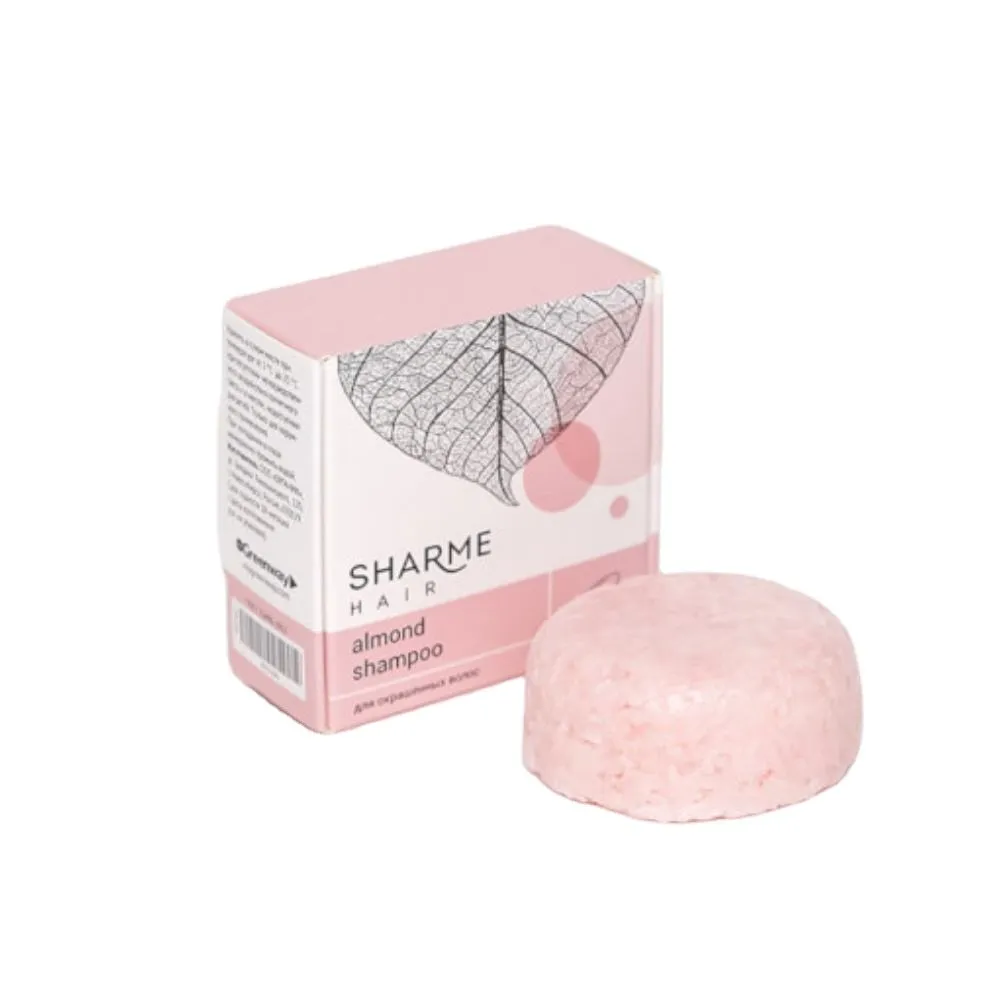In recent years, there has been a noticeable shift in the beauty industry towards more sustainable and eco-friendly alternatives. One such trend is the rising popularity of shampoo bars as an alternative to traditional liquid shampoos. As consumers become more conscious of their environmental impact, it’s worth exploring the differences between the two and considering whether shampoo bars are a viable option for both the planet and personal convenience.

Shampoo bars, often touted as a zero-waste alternative, are typically made from natural ingredients such as oils and essential oils, and are packaged in minimal or plastic-free packaging. Liquid shampoos, on the other hand, come in plastic bottles that contribute to the ever-growing problem of plastic waste. This means that by choosing a shampoo bar, consumers can significantly reduce their plastic consumption and make a positive impact on the environment.

But what about the performance and convenience of shampoo bars compared to their liquid counterparts? Admittedly, there are some trade-offs. One common concern is that shampoo bars can be drying to the hair, especially if they contain harsh cleansing agents. However, many companies have worked to address this issue by formulating moisturizing bars that are suitable for different hair types. It may take some experimentation to find the right shampoo bar that suits individual hair needs, but the market is continuously expanding, offering a range of options for everyone.

Another consideration is the convenience factor. Liquid shampoos are undeniably easier to use; simply squeeze out the desired amount and lather it into the hair. Shampoo bars, in contrast, require a bit more effort. They need to be lathered in the hands or directly onto the hair, and then rinsed thoroughly. However, once users become familiar with the process, shampoo bars can be just as effective as liquid shampoos. Additionally, their compact size and solid form make them perfect for travel, as they don’t count as a liquid and won’t spill in luggage.

When it comes to cost, shampoo bars have a clear advantage. While some may argue that they are more expensive upfront, they tend to last much longer than liquid shampoos. A single bar can replace several bottles, making them a cost-effective option in the long run. Moreover, the smaller packaging of shampoo bars means reduced shipping costs, which can translate into savings for both manufacturers and consumers.
Beyond the environmental and cost considerations, another factor to consider is personal preference. Some individuals simply prefer the sensory experience of using a liquid shampoo, with its smooth texture and ability to effortlessly distribute throughout the hair. On the other hand, shampoo bars can provide a gentle exfoliation when directly applied to the scalp, which can be invigorating.
In conclusion, the choice between a shampoo bar and liquid shampoo ultimately boils down to personal preference and individual circumstances. Shampoo bars offer a greener alternative, reducing plastic waste and contributing to a more sustainable future. They may require a slight adjustment in the way they are used, but the benefits in terms of cost-effectiveness and travel convenience outweigh the initial learning curve. Ultimately, whether it’s a traditional liquid shampoo or a solid shampoo bar, what matters most is finding a product that suits both individual needs and the environment. So, next time you reach for a bottle of shampoo, consider giving a shampoo bar a try!









